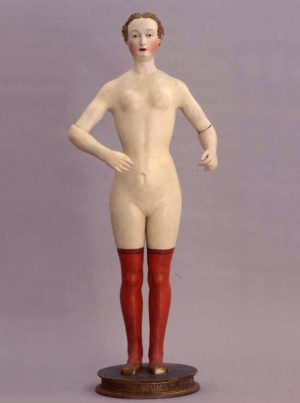
Two authors and some e-books, in English and Italian: in the first case we talk about humor, in the second about costume (with thoughts about present times).
Stephen P. H. Butler Leacock (30th December, 1869 – 28th March, 1944) was a Canadian teacher, political scientist, writer and humorist; he was the most famous scientist of the English-speaking world during the first half of the twentieth century. It is known for its light and critical humor to the human follies, and in his honor was established the award Stephen Leacock Memorial Medal for Humour. The satirical masterpiece Nonsense Novels uses the most ridiculous conventions of various literary genres: ghost, detective, adventure, shipwreck stories, and of course the history itself. The high density of plates produces an exceptional effect of nonsense that turns into ridicule at every new twist of the plot. His most famous book is the bestselling Sunshine Sketches of a Little Town that became popular for its universal validity. The country in question is called Mariposa: the events of the city are often given an exaggerated importance than the rest of the world and many of the characters are typical archetypes of small towns, with gaps and weaknesses, but presented in a fun but loving way.
The choice of the Italian e-book lies with Paolo Mantegazza (31st October, 1831 – 28th August, 1910): physiologist, anthropologist, writer and patriot, he was one of the first popularizers of Darwin’s theories in Italy. L’arte di prender moglie. L’arte di prender marito (The art of taking a wife. The art of taking a husband) is available as a free e-book only the second one (but there are commercially printed editions containing both texts). Here Mantegazza assumes that marriage is the “least worst” among the possible relationships between a man and a woman. To avoid getting into a marital hell, the author wrote two pleasing essays to assist the reader in choosing a partner, and in the study addressed to women he tells a little story of sentimental education where he describes the characters and masculine professions in relation to life as a couple, to set then a code of matrimonial diplomacy in the form of aphorisms recommending indulgence, sincerity and modesty. L’arte di prender moglie (The art of taking a wife) is part of European success achieved by “marital arts” already at the end of the nineteenth century, interesting topic for the vivid and often ironic testimonials that he gives us not only about sexual and sentimental prejudices of the era but also on the progressive thinking that supported the importance of issues such as sex education, divorce, birth control.
 English
English  Italiano
Italiano 



